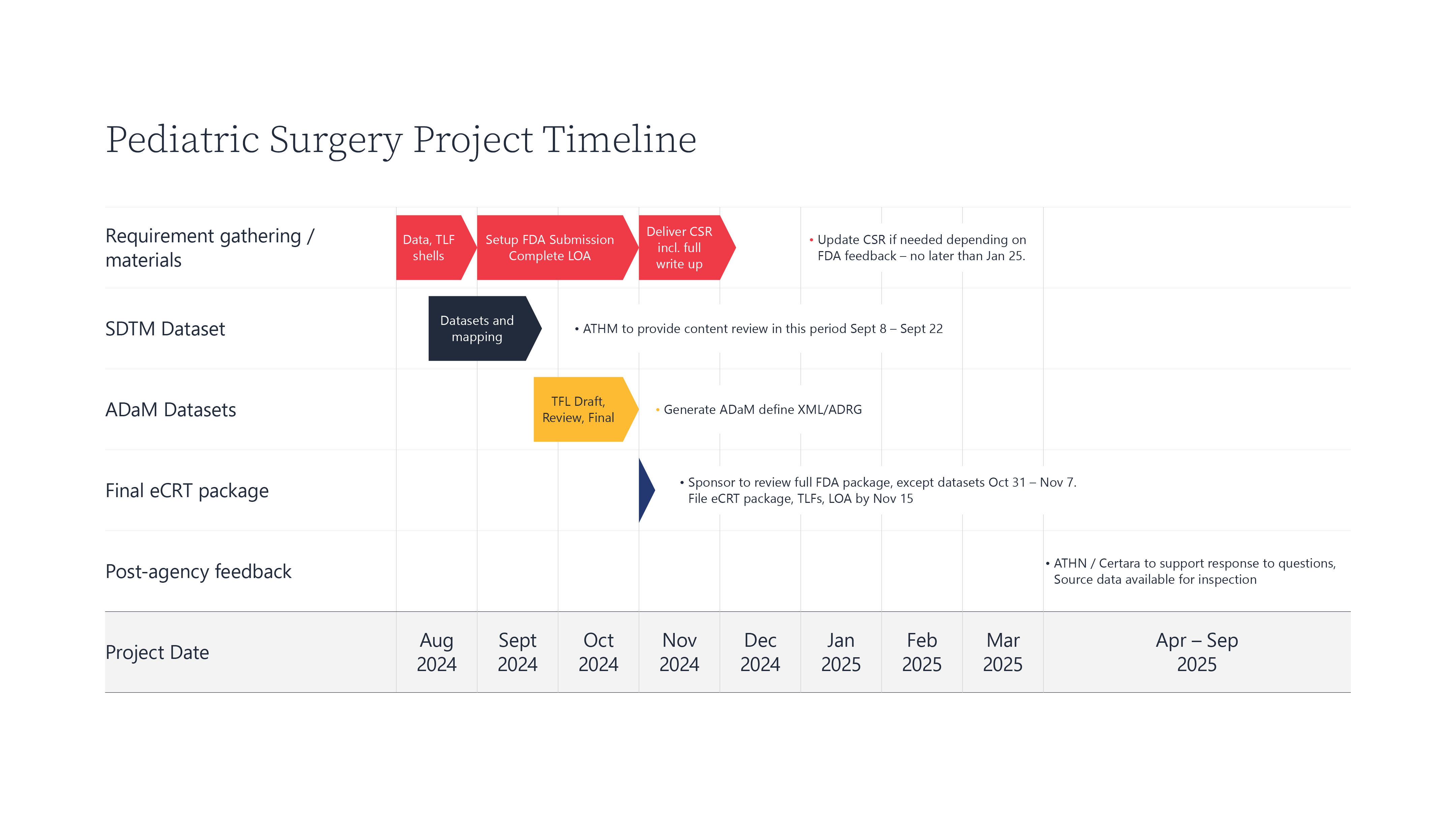
The American Thrombosis and Hemostasis Network (ATHN), a not-for-profit organization, has been improving care and advancing research for individuals with rare blood disorders since its founding in 2006.
ATHN sponsors a Health Insurance Portability and Accountability Act (“HIPAA”)-compliant limited data set called the ATHNdataset. The ATHNdataset is the largest real-world data set for rare blood disorders in the United States and is leveraged by ATHN and its partners to support clinical outcomes analysis, research, advocacy, and public health reporting. The ATHNdataset contains data from over 69,000 individuals with rare blood disorders cared for by 146 hemophilia treatment centers (HTCs). The ATHNdataset is pivotal to understanding these rare conditions and improving patient outcomes.
ATHN was approached by a sponsor to utilize the ATHNdataset for two Food and Drug Administration (FDA) submissions concerning adult and pediatric patients with the rare Von Willebrand disease. The aim: to support the label expansion of pediatric surgical treatments and adult prophylaxis for individuals with Von Willebrand disease.
According to the Mayo Clinic, Von Willebrand disease is a lifelong bleeding disorder in which blood doesn’t clot properly. People with the disease have low levels of Von Willebrand factor, a protein that helps blood to clot, without which the protein doesn’t perform as it should.
ATHN was faced with a significant challenge – they needed to standardize two subsets of their Real-World Data (RWD) into CDISC SDTM (Study Data Tabulation Model) format within an ambitious four-month timeline.
"This was our first submission of real-world evidence data so, it was a learning experience to understand the format required by the FDA, and the time frames for submission.”

"The Certara team were doing a great job with training us on how to generate these SDTM datasets using the Pinnacle 21 platform. So, it was a natural choice to also engage them on this project,” Christine said.
"Certara’s SDTM and ADaM teams were fantastic at helping us through this process to make sure that that final package met FDA requirements. The whole Certara team worked really well together and with us, too,” said Christine.
Christine said: "It was crucial to have Certara there to help guide us and to make sure that everything was done properly. We spent a lot of time working with the team, revising the reviewer's guides to make everything as clear as possible for consumption by the FDA.”
Contact us





